We put the Yamaha Cygnus RayZR and RayZR Street Rally to the test to find out what they are all about.
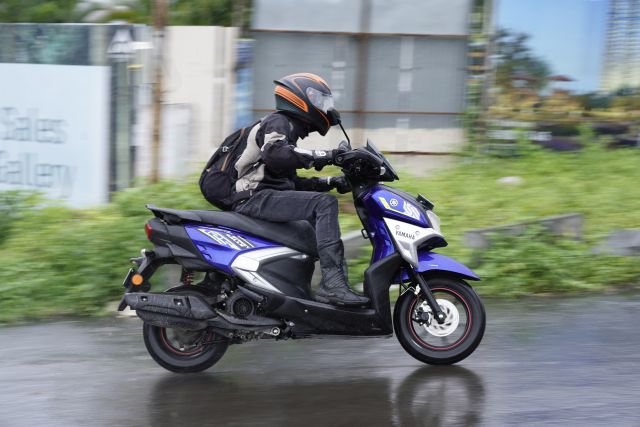
Story: Azaman Chothia
Photography: Sanjay Raikar
A few months ago, the Japanese manufacturers introduced their line-up of BS6 scooters in India which includes the Yamaha Cygnus RayZR, RayZR Street Rally, and Fascino. The Yamaha Ray scooter was originally launched in 2012 as a women-centric scooter. Soon thereafter, the manufacturer introduced the Ray Z targeted at men and these scooters came to be well known for their sharp and unique styling. For 2020, we have the BS6 RayZR models which sport a new 125-cc engine and are built based on the manufacturer’s “Armoured Energy” design language.
To start with, the design of these new scooters has been completely refreshed. They now look chunkier and more futuristic than before. The styling will surely be attractive to younger riders and those who like having a mean-looking machine on which to cruise around town.
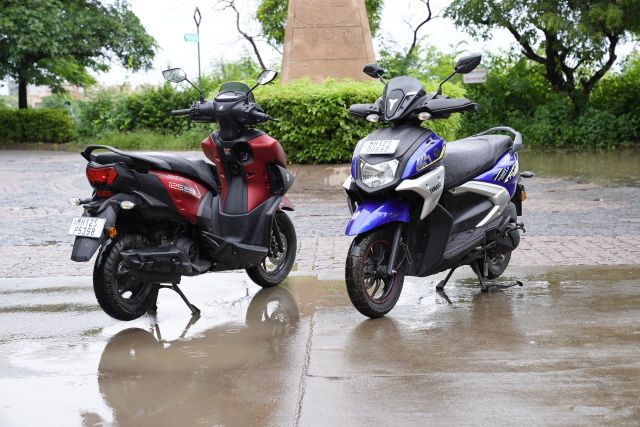
The Street Rally model has been branded as a more off-road focused scooter and sports hand-guards, block-pattern tyres, detailed graphics, and differently styled side-panels. The disc brake variants of the scooters get a fully digital instrument cluster with a simple layout that provides ample information. Both scooters make use of small Y-shaped LED parking lights that have been fitted into the centre of the smokey visor, giving them a unique look on the street at night. Completing the aggressive look of the scooter is a tough-looking headlight unit on the lower part of the front panel and an M-shaped tail-light at the rear. Sharp mirrors, the same ones seen on the MT-15 motorcycle, are also part of the package.
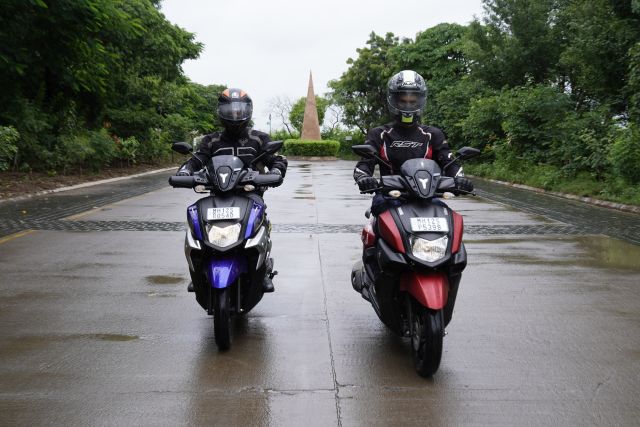
The RayZR is offered in two variants, drum or disc brake, and is available in five colour schemes, while the Street Rally is sold only in a disc brake variant and offered in two colour schemes. The RayZR we received was in the Matt Red Metallic colour scheme, while the Street Rally variant sported a Purplish Blue Metallic colour scheme. Of the two, we preferred the gloss paint scheme on the SR, which is a combination of Valentino Rossi’s MotoGP racing colours. It gave the SR a more premium, sporty, and bright appeal compared to the matte finish on the standard model.
At first glance, you are likely to get the impression that the scooter is heavy because of all the chunky bodywork. That, however, is not the case because Yamaha have managed to shave four kilograms off the previous model to give the new one a kerb weight of 99 kilograms. The lightweight becomes apparent the minute you swing a leg over the scooter; it gave me the feeling of being astride an electric scooter. This also makes it effortless to move the scooter around while getting it out of tight parking spots.
A leather seat has been used as a two-level set-up to complement the sporty nature of the scooter. Apart from just the look, the seat also provides high levels of grip and comfort. Let me explain how. Due to the flat and wide seats on most scooters, we usually tend to slide forwards when the brakes are applied suddenly. To avoid this, Yamaha have given the new seat a cross-pattern texture at the front of the seat which works well to keep the rider on his/her perch at all times. Personally speaking, this was a very helpful feature and gave me the confidence to use the brakes without having to constantly shift my body to get back into position. The rear part of the seat does not have the same texture but gives the pillion a cosy seating position where the grab-rail has been positioned to perfectly slot a rider in place for the ride.
While we have seen a lot of manufacturers drop power from their current engines to be able to conform to the BS6 emission norms, Yamaha have endowed the new RayZR scooters with a larger displacement engine. With an increase from 113 cc to 125 cc, the engine is now capable of a power output of 8.2 hp at 6,500 rpm and a peak torque of 9.7 Nm at 5,000 rpm. In comparison, the older model put out 7.1 hp at 7,500 rpm and a peak torque of 8.1 Nm at 5,000 rpm. The new engine is a fuel-injected unit that has been fitted with a Smart Motor Generator (SMG) to give the scooter a quiet start and eliminate the use of an electric starter. This engine is very refined and, with the reduced weight of the scooter, is able to provide a quick pick-up. When it comes to handling, the scooter is very nimble and allows for a quick change of direction and steers effortlessly.
A speed of 20 km/h is achieved from standstill in 1.60 seconds and the run to 40 km/h is achieved in 4.10 seconds, giving it ample power to cruise around town and for quick overtakes when necessary. After 50 km/h, the scooter takes a while to crawl up to 95 km/h, which is the indicated top speed that we were able to achieve while testing. With this new engine, Yamaha also claim an improved fuel efficiency of 16 per cent as compared to the earlier model.
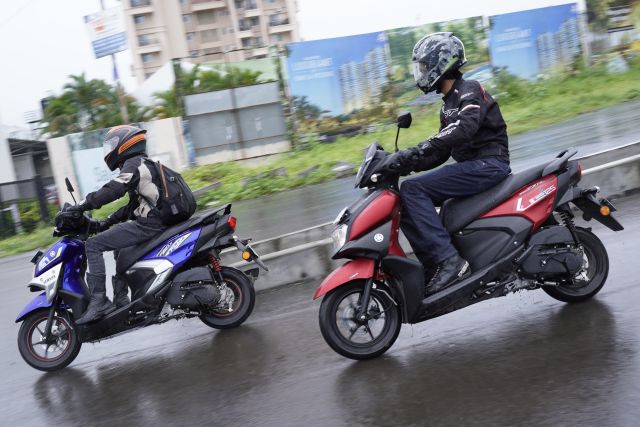
On the safety front, the scooters are equipped with 12-inch wheels with a disc brake at the front and 11-inch wheels at the rear with a drum brake. The RayZR uses a set of TVS Eurogrip tyres while the Street Rally has been equipped with a pair of block-pattern Maxxis tyres. Yamaha have used a UBS (Unified Braking System) which uses the front brake automatically in a gradual manner when the rear brake is applied. The brakes do the job well and provide quick feedback in just about any situation. The suspension set-up consists of telescopic forks at the front and a single shock-absorber at the rear. This set-up allows the RayZR to take on our roads in a stable and comfortable manner without any disturbance to the rider. In our braking test from 60 km/h to a standstill, the scooter required a distance of 20.27 metres and a time of 2.28 seconds, while braking from 80 km/h to a standstill was achieved in 30.49 metres and 2.98 seconds.
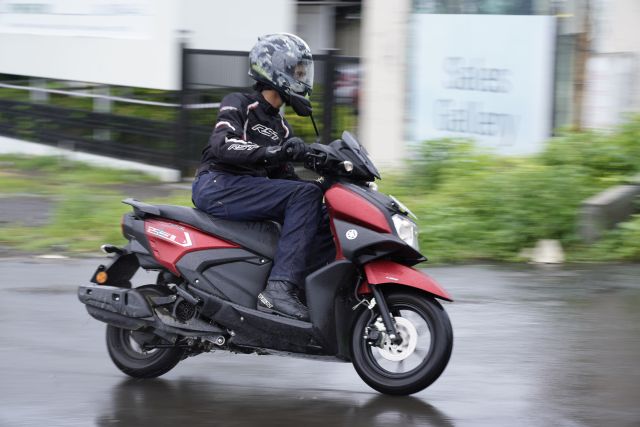
The tyres on the Street Rally were really impressive and those would be my personal pick of the lot. Even in very wet conditions, the tyres manage to bring the scooter to a halt without the slightest slip. Even when I applied the rear brake to intentionally lock the rear tyre and slide, the SR stopped right in its tracks. On the standard RayZR, the tyres do a good job of providing grip, but a rider will have to be more careful, for they are not as efficient as the SR tyres in wet conditions and over off-road patches.
Another modern feature that the RayZR scooters get is the start-and-stop system. This system worked well to shut the engine off when the scooter came to a halt. It can be re-started simply by twisting the throttle. For added safety, the side-stand gets an inbuilt sensor as seen on many motorcycles which will not allow the bike to start until the stand is kicked back.
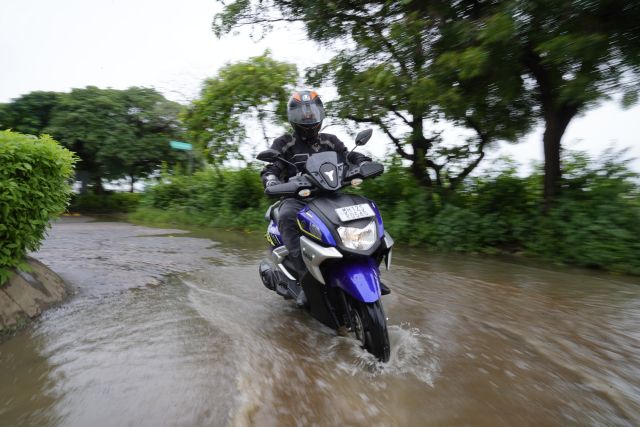
The standard RayZR is priced at Rs 69,530 for the drum brake variant and Rs 72,530 for the disc brake one while the Street Rally model is priced at Rs 73,530 (all prices ex-showroom). The price seems justifiable for a 125-cc scooter. The scooters are a fun proposition for everyday commuting and have quite a premium and sporty appeal. For a complete experience, I would recommend the Street Rally model which offers a mite more for a premium of just Rs 1,000 over the standard model.

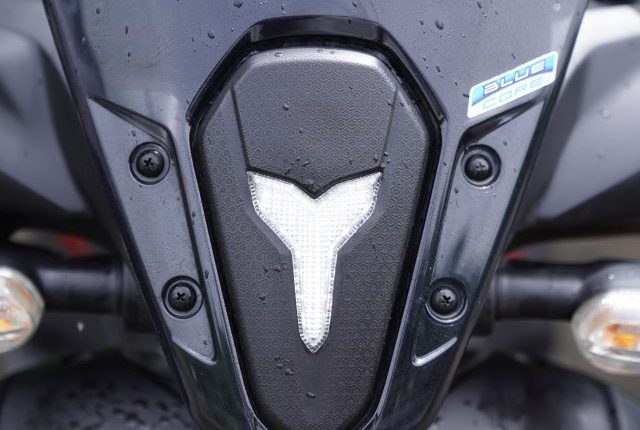
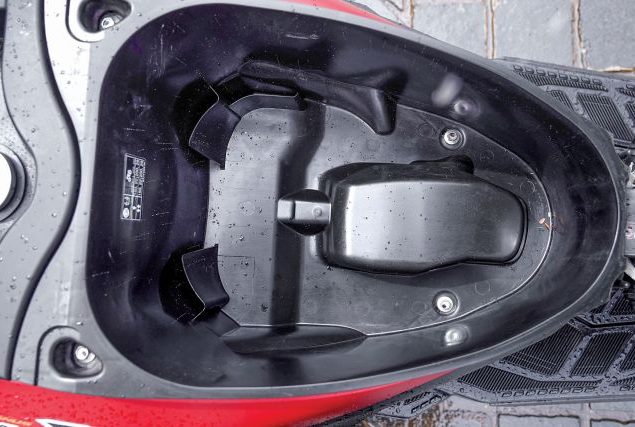
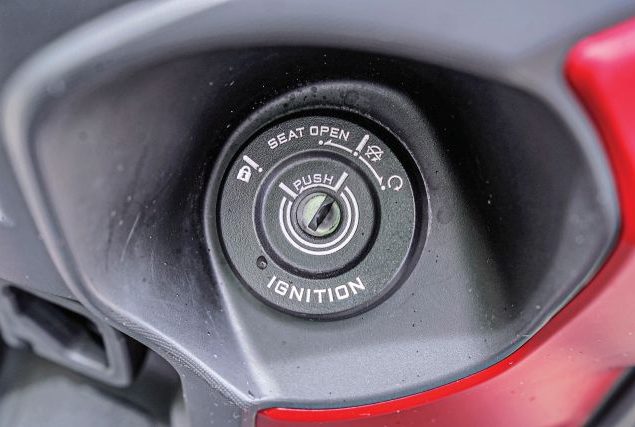
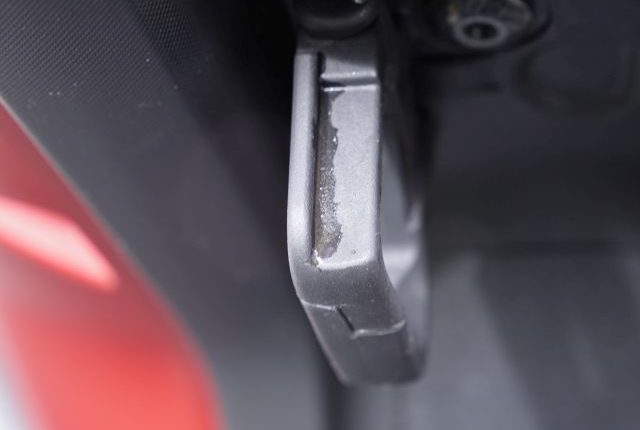
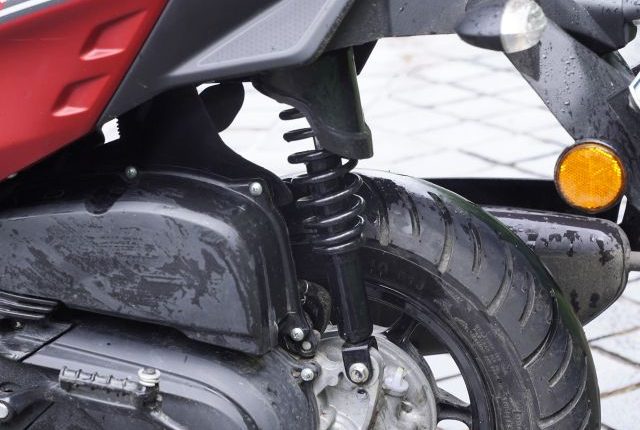
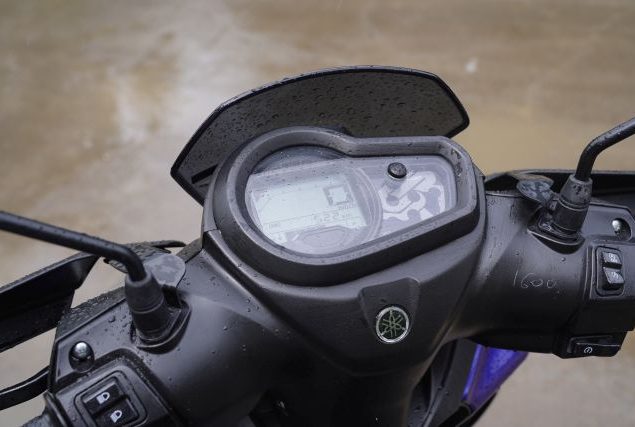
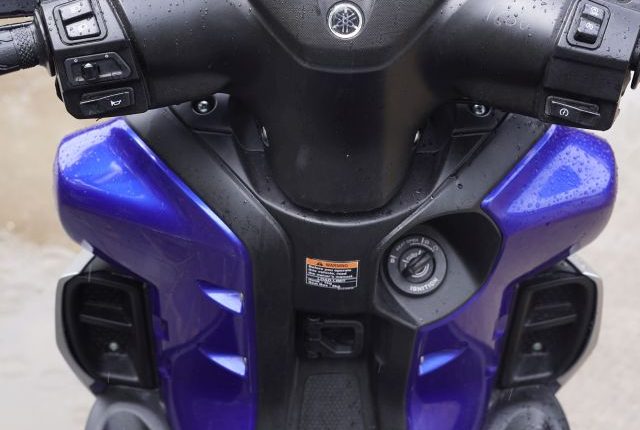
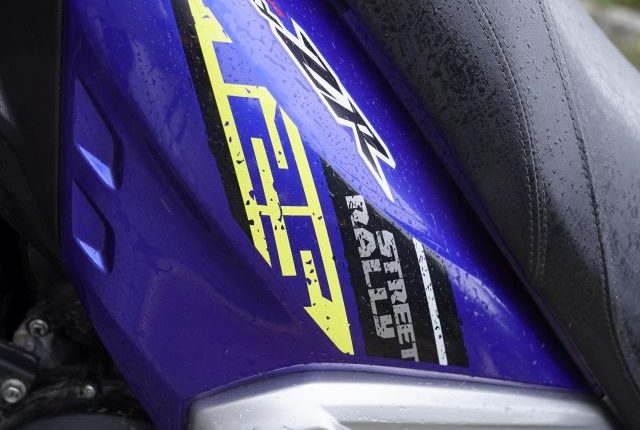
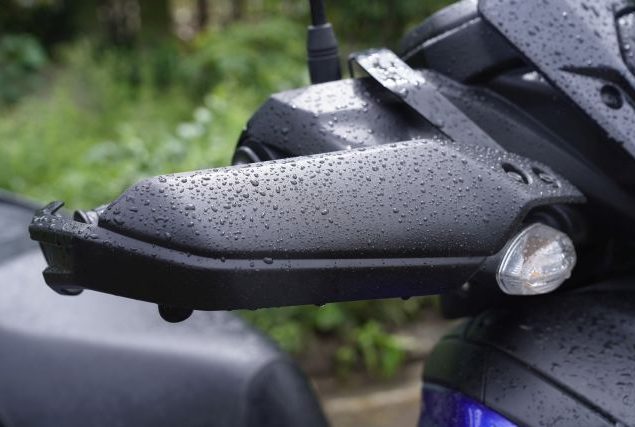
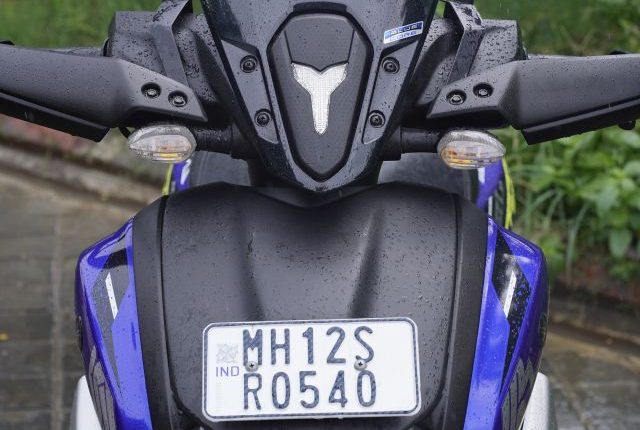
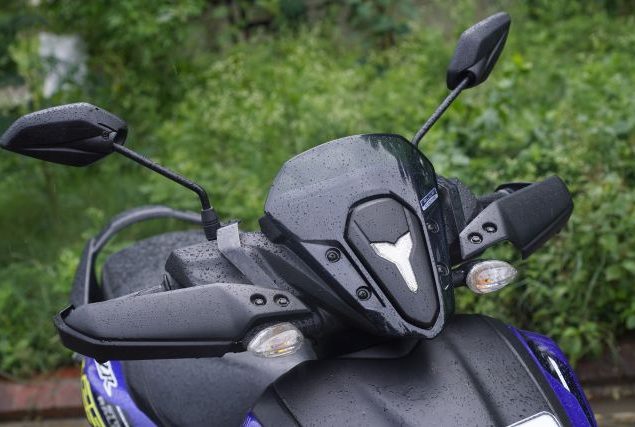
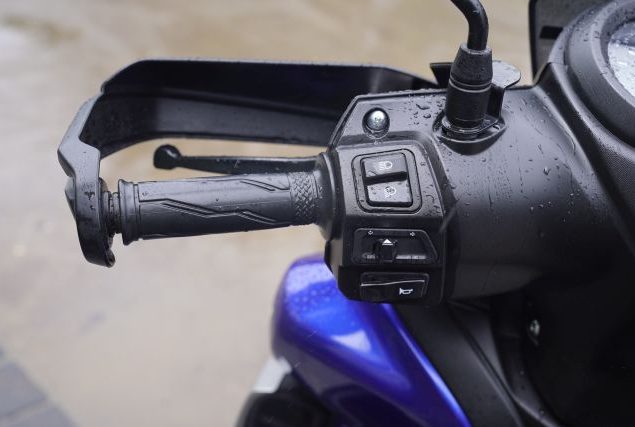
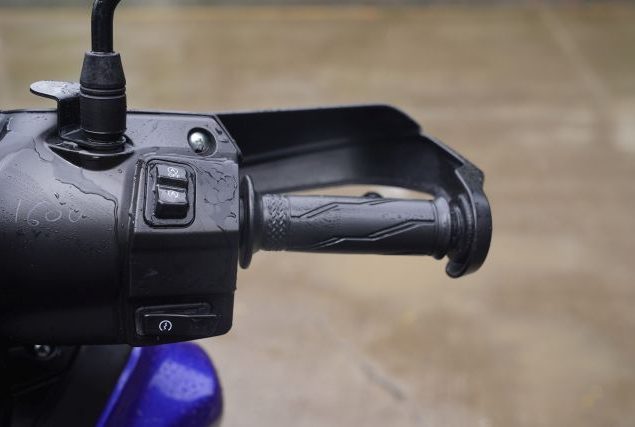
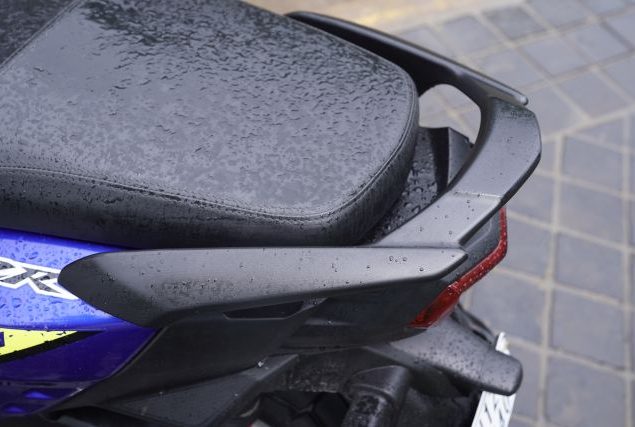
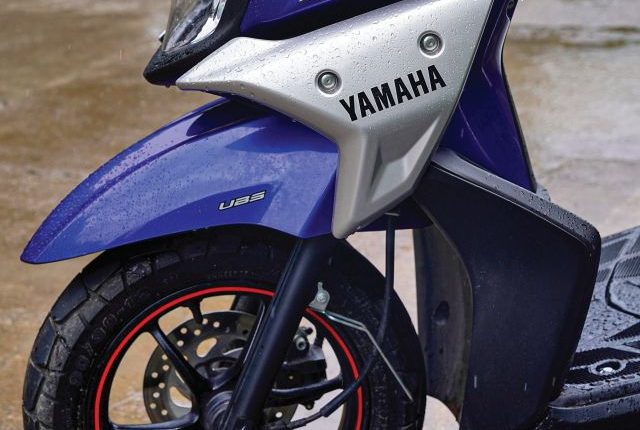

Leave a Reply